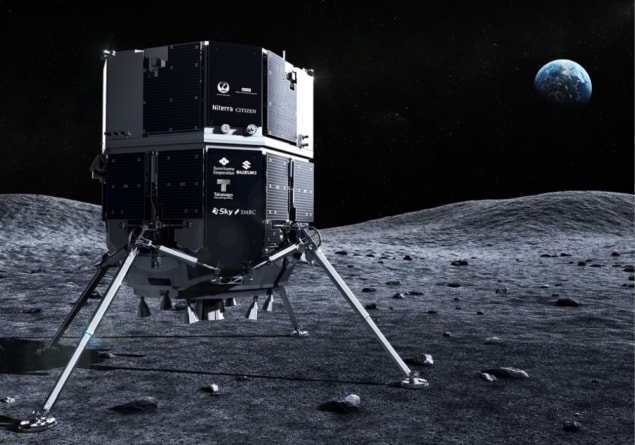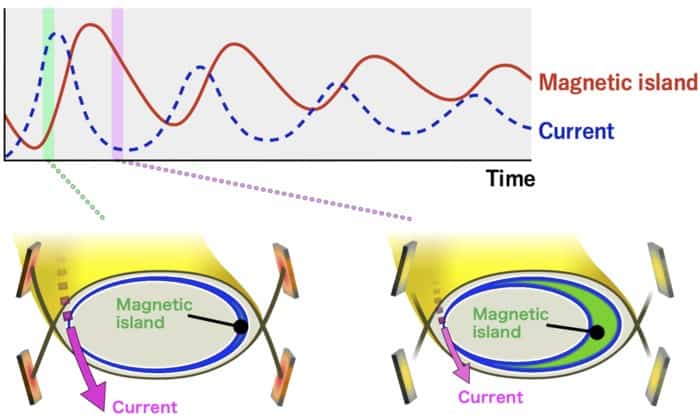Quasicrystal found in ‘fossilized lightning’
24 Jan 2023
Bolt from the blue Cross-section of a fulgurite sample found in Nebraska that shows melted conductor metal from a downed powerline surrounded by fused sand. (Courtesy: Luca Bindi et al.)
A quasicrystal that was likely formed by a strong electrical discharge through a sand dune has been found by researchers based in the US and Italy. The team, led by Paul Steinhardt at Princeton University, hopes that their discovery could lead to the development of new techniques for creating artificial quasicrystals and help scientists find other naturally-occurring samples.





























